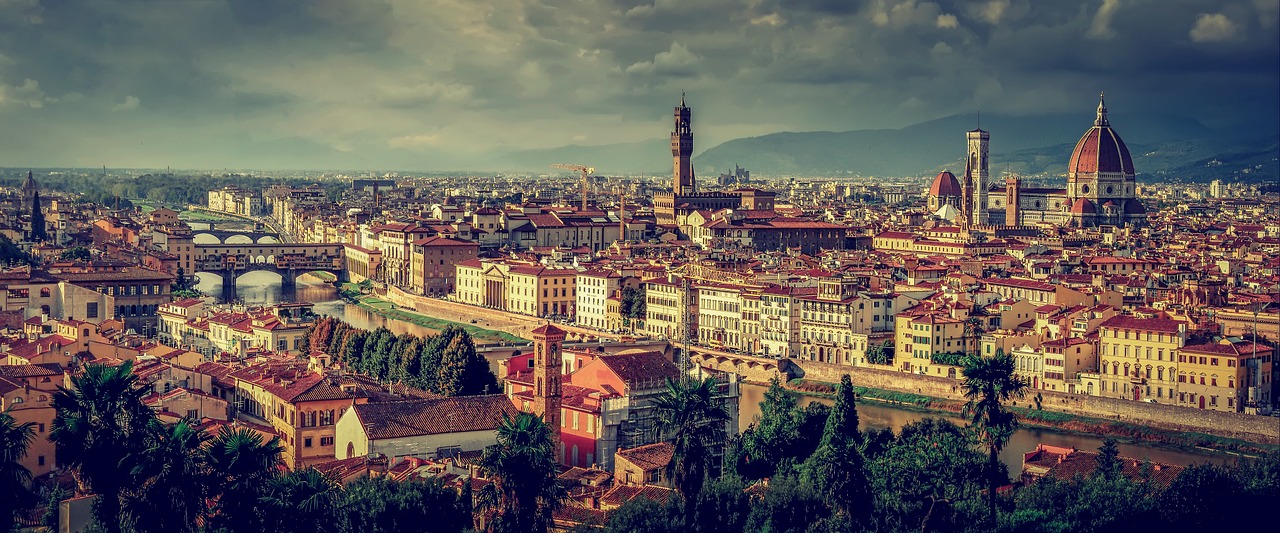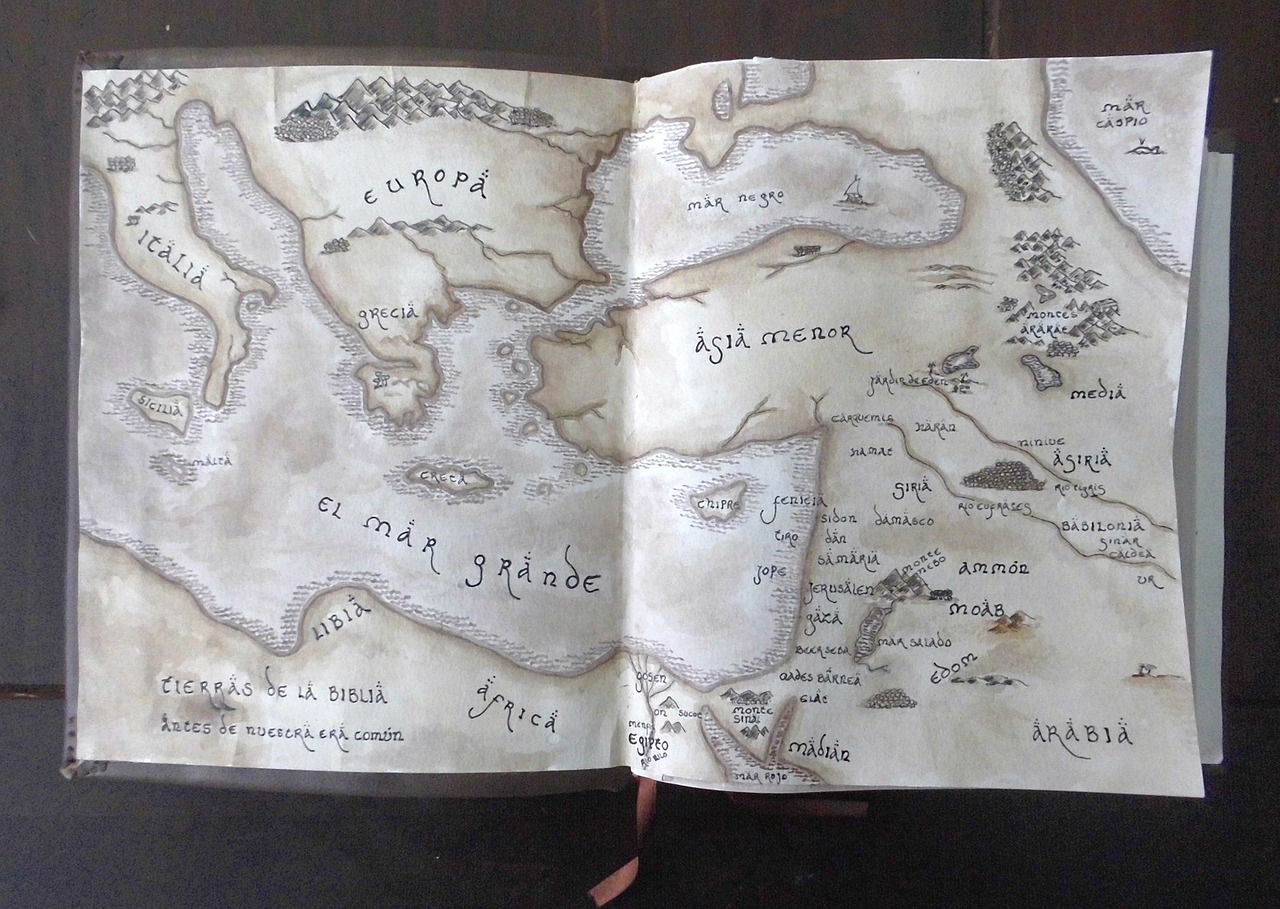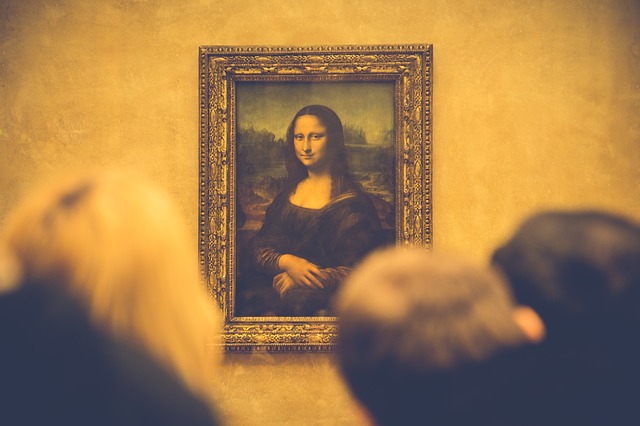
Enabling environment
As everyone may know, Leonardo DaVinci was a genius but he also had luck, lots of luck.
If he had been born, for example, in the Middle Ages and not in the Renaissance, he might have painted some frescoes and paintings for the clergy and for some nobleman. Until, probably, he had ended up feeding some bonfire of the Inquisition, for his ideas that at that time would have been cataloged demonic, or hopefully, ideas of a dangerous madman to live with the people. Nor, unless he obtained the permission of the Holy Inquisition, would he have been able to do the dissections and forensic studies that allowed him not only to know about anatomy but also to perfect his paintings by providing them with highly expressive moving beings that seem to be alive.
Being born in the present, he probably could not develop all his talent either, because as a dispersed child who wandered in details, who left unfinished tasks to devote himself to some other challenge, he would have been diagnosed with “attention deficit” and he would have taken medication for it, to focus attention on what elders will indicate.
It is claimed that Italy was the cradle of the Renaissance and that Florence became one of the greatest centers of art and intellectuality in all of Europe. Such a large group of brilliant artists did not gather in the same city since ancient Athens. After about the ten centuries that the Middle Ages lasted, with its obscurantisms and repressions, a freer human being flourished, eager to experiment and to observe and rationally explain its surroundings. Not only art and architecture had a rebirth, but also the sciences: Copernicus with the heliocentric theory, the Belgian Andrés Vesalio with the development of anatomy and the transoceanic explorations that led Europeans to discover that the world was wider and complex of what they thought.

Well, luckily, Leonardo was born in the Renaissance, in the town of “Vinci” near Florence. He was the result of an extramarital relationship between a wealthy and young notary with an even younger peasant, a fact that also favored him. If his parents had married, being the firstborn of the notary, they would have sent him to study the same profession which was traditional in his family and common among the wealthy of that region and time.
He studied something related to calculation in the abacus school which later served him for his engineering projects, for the study of perspective and drawing. As a child, he proved himself to be very observant of nature with interest in drawing and painting. The paternal family had no problem with him going to Florence to try his luck in his vocation. There, after obtaining the goldsmith’s degree, he joined the workshop of a great teacher, Verrocchio (from whom he learned the trade of being a painter, the movement transmitted by the sculptures and the community life of a workshop) and to whom he would then out do. He went from helping his teacher in certain works to have his teacher help him.
Florence, in Leonardo’s time, was an ideal place for artistic and intellectual development, a perfect combination of desire to be reborn, to rediscover the wisdom of ancient Greece, to experience and share the findings and also to patrons who supported all this movement. At that time, Italy was divided into kingdoms (Milan, Naples), in some republics (Florence and Venice), Rome, where the Pope resided, also had its power and other secondary regions. All those cities competed to have the best buildings, works of art, etc. The noble and wealthy people enjoyed dressing with velvets, silks brought from Japan and other luxurious fabrics and jewels and thus walking around the city wearing elegance and money. There was a lot of color, textures and different visual stimuli contrasting with the grays and blacks of the Middle Ages.
In that “time/space” lived very visible characters like Leonardo and others who have remained more hidden but were also valuable for their contributions to the world in general, and in this case to Leonardo’s work. As an example, Leonardo read a book about painting and perspective made by the artist Alberti which was the basis on which he researched and experienced perspectives in his creations which he later complemented by applying his famous “sfumato”. Regarding Leonardo’s “sfumato”, which gave his works an aura of imagination and mystery, the incorporation of oil painting (which was already commonly used in Flanders but not in Italy) to achieve placing thin layers of paint one over another and give the desired effects, was essential to achieve this. Leonardo was able to combine contributions from other places and other people with his own contributions made on various topics, apparently not very related (autopsies with painting, etc.), achieving a unique work.

Leonardo, Alberti and many other artists and intellectuals loved friendship and sharing. Communities were then formed with their individualities, goodness and egos, but which as a whole were exceptional and helped great personalities such as the architect Brunelleschi, the sculptor Donatello and the painters Miguel Ángel Buonarroti, Rafael Sanzio, Sandro Botticelli, Bramante and many others to arise. Italy with its patrons and cities that attracted artists and intellectuals, acted as a living propelling organism (an “Aleph” we would say in Quanam) that allowed this group of artists to emerge, develop and shine to this day. There was an enabling environment.
Business Platform consultant
PS: Leonardo also had the good fortune to be a man, because women, as in so many ages and places, were destined to take care of a family, to be a decorative element in the best of situations, and whose creative impulses could be reflected in cooking or sewing.
